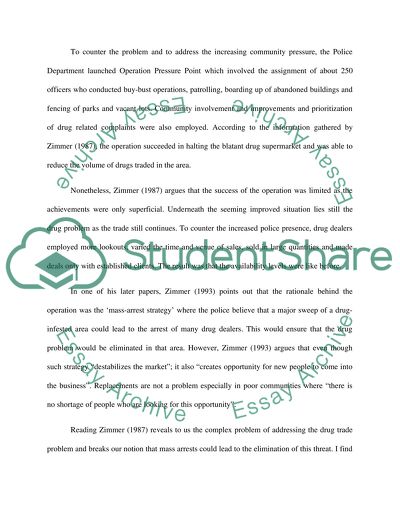Cite this document
(“Operation Pressure Point.The Drug Trade Problem Essay”, n.d.)
Operation Pressure Point.The Drug Trade Problem Essay. Retrieved from https://studentshare.org/miscellaneous/1501659-operation-pressure-pointthe-drug-trade-problem
Operation Pressure Point.The Drug Trade Problem Essay. Retrieved from https://studentshare.org/miscellaneous/1501659-operation-pressure-pointthe-drug-trade-problem
(Operation Pressure Point.The Drug Trade Problem Essay)
Operation Pressure Point.The Drug Trade Problem Essay. https://studentshare.org/miscellaneous/1501659-operation-pressure-pointthe-drug-trade-problem.
Operation Pressure Point.The Drug Trade Problem Essay. https://studentshare.org/miscellaneous/1501659-operation-pressure-pointthe-drug-trade-problem.
“Operation Pressure Point.The Drug Trade Problem Essay”, n.d. https://studentshare.org/miscellaneous/1501659-operation-pressure-pointthe-drug-trade-problem.


